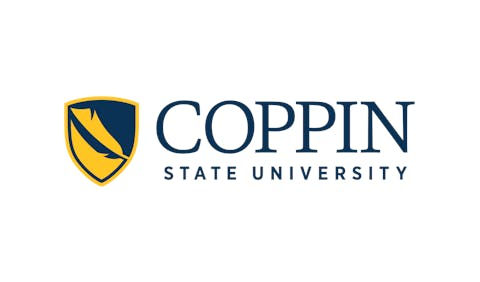
The updated data reveals persistent disparities in admissions rates across demographic groups. In 2024, White applicants received offers of admission at nearly twice the rate of their Black counterparts, with 79% of white applicants receiving at least one acceptance compared to just 45% of Black applicants. Hispanic/Latine applicants and American Indian/Alaska Native applicants also faced significant barriers, with admission rates of 57% and 52% respectively. Asian applicants fared better with a 69% admission rate, but still below the overall average of 69%.
Gender disparities also remain evident in the admissions process. While women comprised 57% of all law school applicants in 2024, they accounted for only 56% of admitted students. The admission rate for male applicants stood at 72% compared to 68% for female applicants, continuing a trend observed over the past decade.
The data deck also highlights concerning patterns in student retention. Students of color are disproportionately represented among those who withdraw from law school after their first year. Black and Hispanic students comprised 22% of first-year enrollment in the 2023-24 academic year but accounted for 33% of non-transfer attrition. In contrast, white students made up 58% of the entering class but only 47% of withdrawals.
"These statistics underscore the ongoing challenges in creating truly inclusive pathways to the legal profession," noted Tiffane Cochran, Vice President of Research at AccessLex Institute. "While we've seen incremental improvements in some areas, the data clearly indicates that significant work remains to ensure equitable access and outcomes for all aspiring lawyers."
Financial aid distribution shows similar disparities. Black law students receive the highest average total aid packages at $54,200, but 87% of this amount comes in the form of federal loans rather than grants. In comparison, white students receive aid packages averaging $39,400, with 55% in federal loans and 36% in institutional grants. Hispanic/Latine students face similar challenges, with 77% of their financial aid packages consisting of loans and only 16% in institutional grants.
The updated report also reveals changes in scholarship practices across law schools. The proportion of schools awarding conditional scholarships—financial aid that can be withdrawn if students fail to maintain certain academic standards—has decreased substantially, from 61% in 2011 to 32% in 2023. Similarly, the percentage of entering law students receiving conditional scholarships reached its lowest point since 2011, at 19% of all matriculants.
Employment outcomes for recent graduates have remained relatively stable. The class of 2023 saw 80% of graduates secure bar-passage-required employment, a one percentage point increase from the previous year. The percentage of unemployed recent graduates remained unchanged at five percent. However, when adjusted for inflation, salaries in most employment sectors have struggled to keep pace with rising costs, with the exception of private practice positions, which saw a $6,000 inflation-adjusted increase from 2022 to 2023.
Bar passage rates continue to show racial disparities. In 2023, 85% of white graduates passed the bar exam on their first attempt, compared to 58% of Black graduates and 71% of Hispanic/Latine graduates. However, these gaps narrow somewhat when considering ultimate bar passage rates, which measure success within two years of graduation.
The Legal Education Data Deck draws on datasets from multiple sources, including the Law School Admission Council, National Conference of Bar Examiners, National Association for Law Placement, American Bar Association Section of Legal Education and Admissions to the Bar, U.S. Department of Education, and U.S. Department of Labor.
"The Data Deck serves a dual purpose of informing the public of key trends in legal education while also providing evidence to support AccessLex Institute's ongoing work to improve access, affordability, and value in legal education," said Cochran. "The latest updates to the publication underscore the need for continued effort in these areas while strengthening our resolve to address them."















